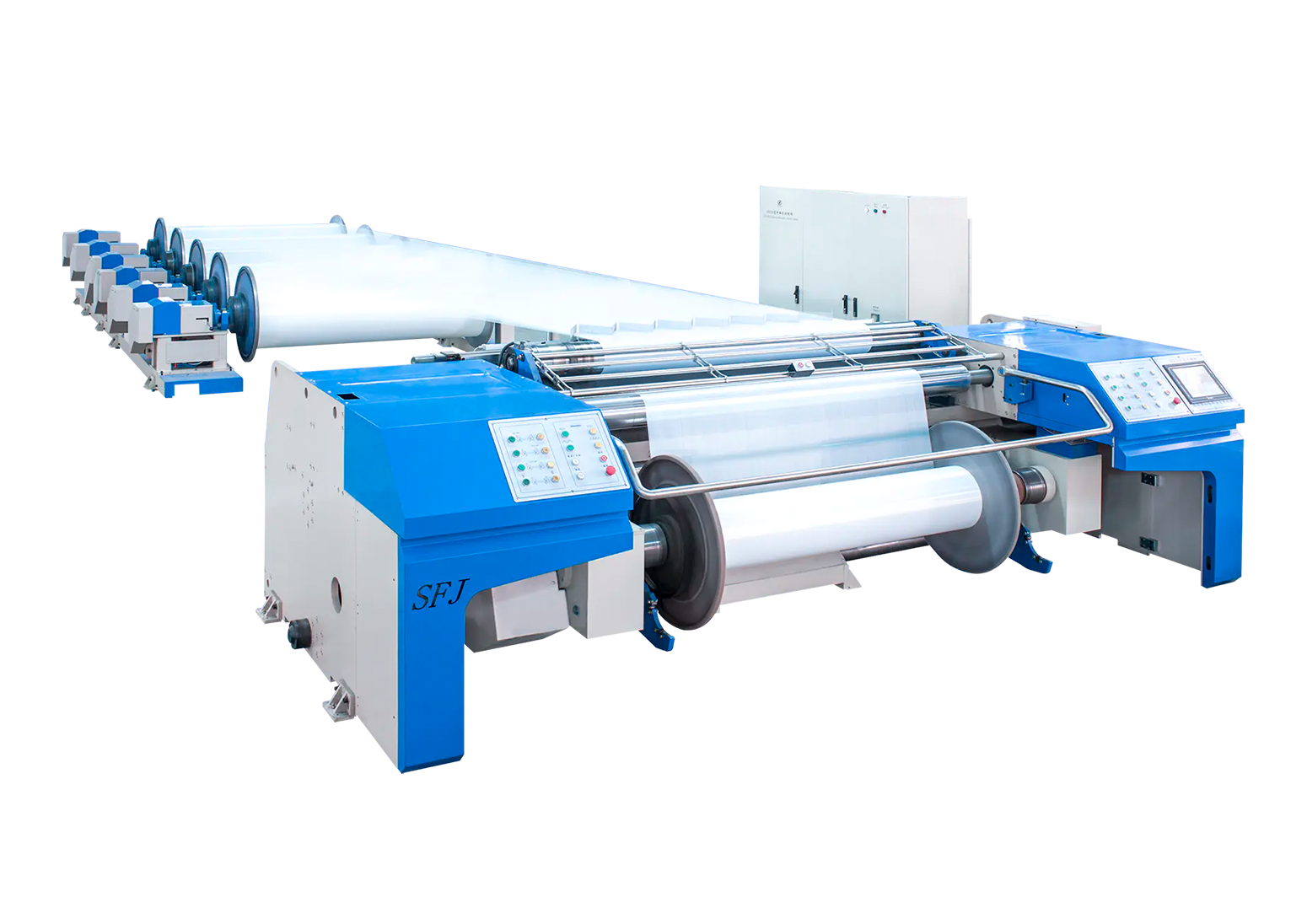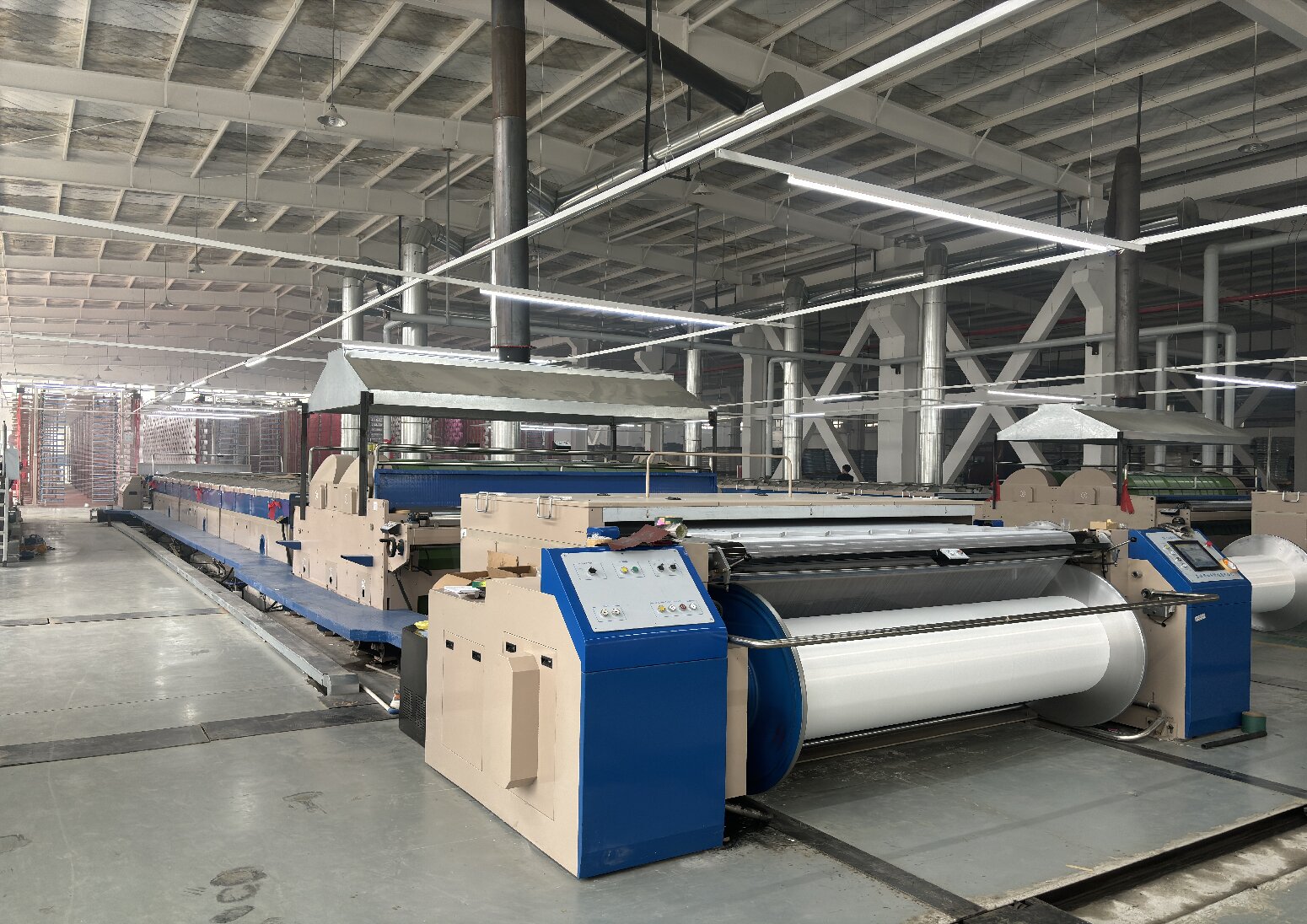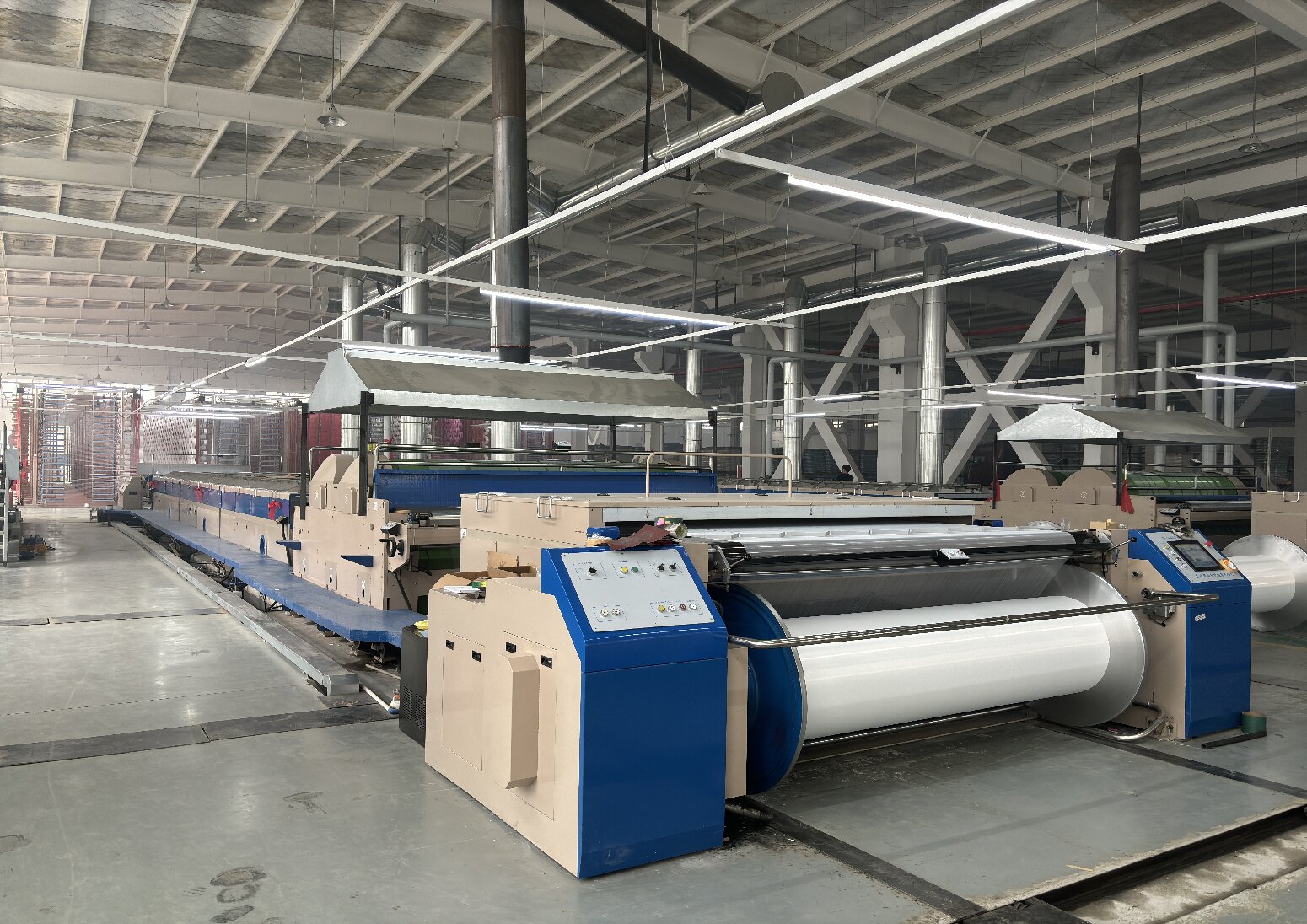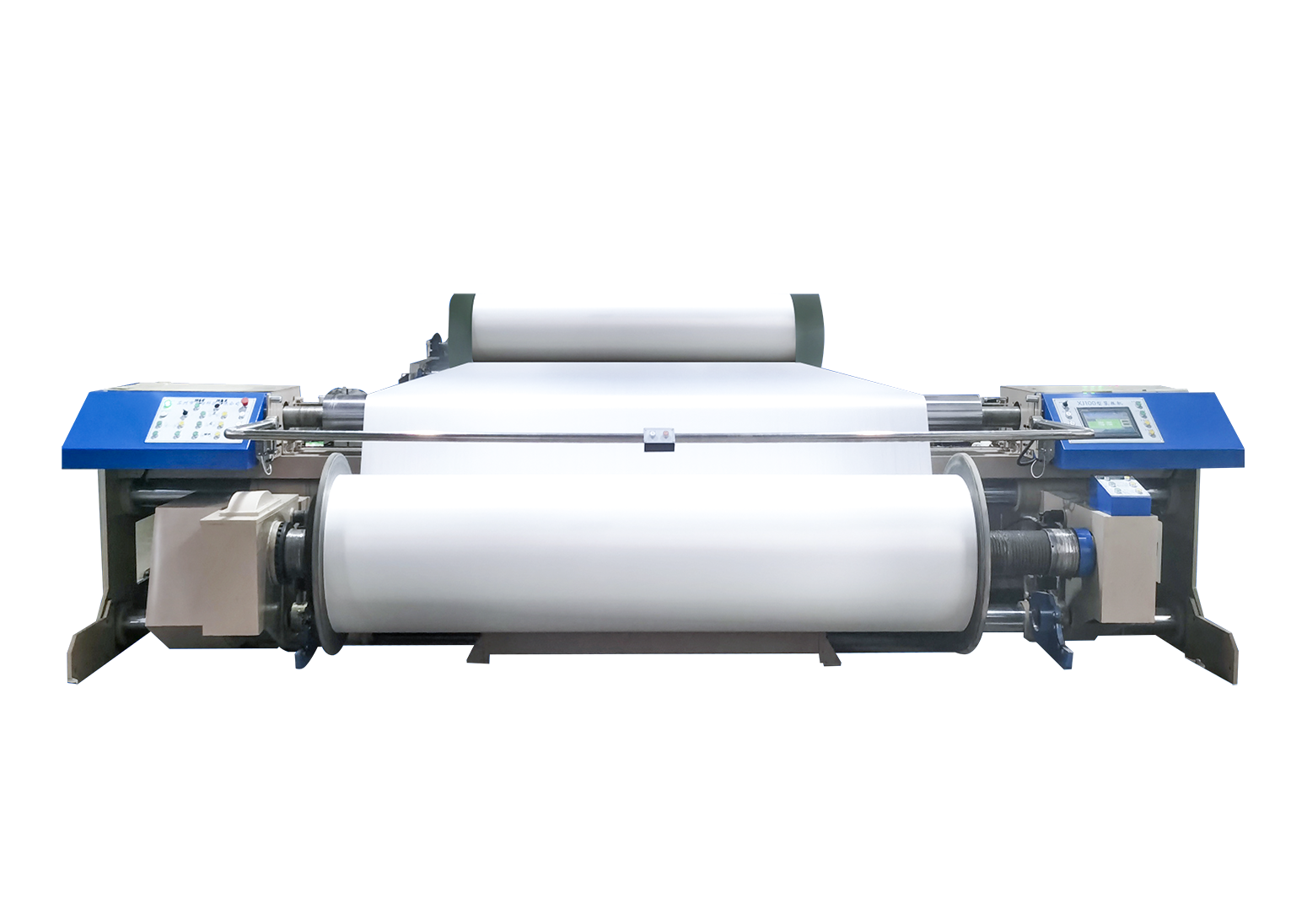How Cutting-Edge Machines Improve Fabric Quality
Cutting-edge machines play a crucial role in improving fabric quality across various industries, including textiles, by enhancing precision, consistency, and efficiency in manufacturing processes. Here are some ways in which cutting-edge machines contribute to improved fabric quality:
Advanced cutting machines, such as computer numerical control (CNC) fabric cutters, laser cutters, and ultrasonic cutters, offer precise cutting and stitching capabilities. They can cut fabrics with intricate patterns and edges, ensuring clean and accurate cuts that reduce fraying and waste.
Cutting-edge machines often come equipped with automated inspection systems, including cameras and sensors, to detect defects and irregularities in fabric. This enables real-time quality control, allowing manufacturers to identify and address issues early in the production process.
Machines like automatic fabric spreading machines and pattern grading software ensure that fabrics are consistently sized and shaped according to design specifications. This results in uniformity in the final product, reducing variations in fabric quality.
Advanced weaving and knitting machines can produce fabrics at much higher speeds while maintaining quality. These machines offer better control over tension, yarn placement, and fabric structure, resulting in fabrics with fewer defects.
Digital textile printers enable high-resolution printing directly onto fabric, allowing for intricate and vibrant designs. This technology eliminates the need for multiple color screens and reduces dye migration, leading to superior print quality and color fastness.
Modern dyeing and finishing machines are equipped with precise temperature and pressure control systems, ensuring consistent color application and fabric treatment. This reduces the risk of color unevenness and other defects.
Cutting-edge yarn spinning machines incorporate innovations like air-jet spinning and ring spinning technologies, resulting in yarns with better tensile strength, evenness, and smoothness. High-quality yarns are essential for producing top-notch fabrics.
Air-jet and water-jet weaving machines use digital weft insertion systems to precisely control the placement of weft yarns. This technology minimizes weaving defects and enhances fabric quality.
Advanced drying and finishing machines utilize optimized airflow and temperature control to reduce fabric shrinkage and improve the overall handfeel and appearance of fabrics.
Computer-aided design (CAD) software allows designers to create intricate and detailed patterns, which are then translated into cutting instructions for machines. This ensures precise and consistent pattern execution.
Some cutting-edge machines are designed with sustainability in mind, incorporating features like reduced energy consumption, water-saving technologies, and the use of eco-friendly materials and processes to improve fabric quality while minimizing environmental impact.
Incorporating cutting-edge machines into textile manufacturing processes not only enhances fabric quality but also increases productivity, reduces waste, and lowers production costs. As technology continues to advance, fabric quality across various industries will likely continue to improve, meeting the demands of consumers and manufacturers alike.



 中文简体
中文简体








